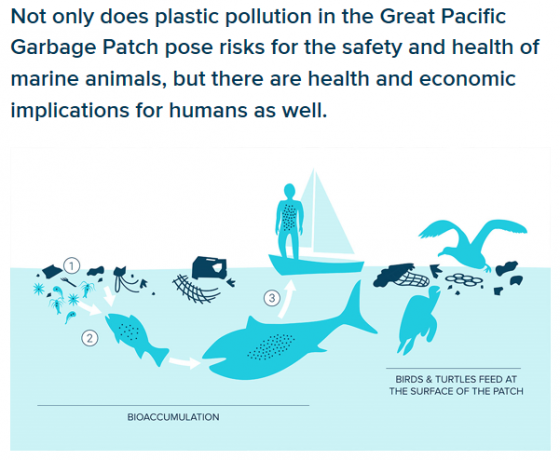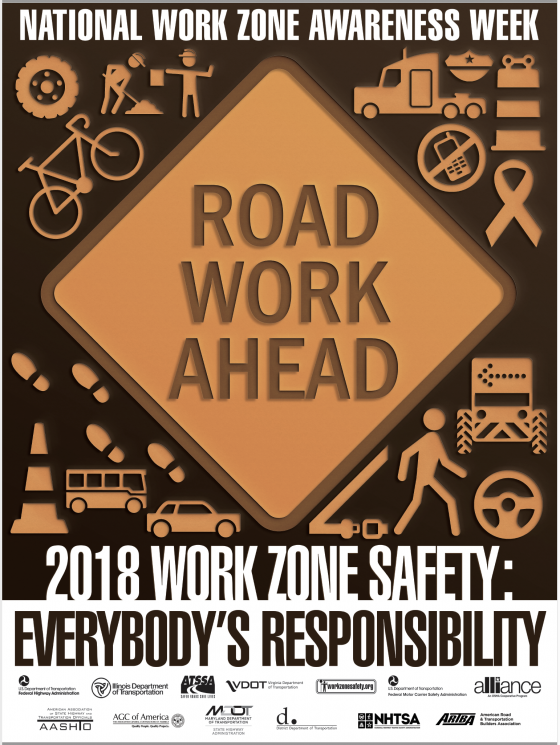 Hazardous work zones continue to affect the careers and companies of employees in the U.
Hazardous work zones continue to affect the careers and companies of employees in the U.
S. According to the National Highway Traffic Safety Administration (NHTSA), there were 765 work zone fatalities in 2016, which marked a 7% uptick from the previous year. In 2015, in addition to motor vehicle-related fatalities (the majority of which were in construction zones), 35,500 people were injured in work zone crashes, as reported in the 2017 edition of the National Safety Council’s Injury Facts.
To mark the beginning of the road construction season and to prevent further incidents, the 19th annual National Work Zone Awareness Week (NWZAW) has launched and will run through April 13. Organized by the U.S. Department of Transportation’s (DOT) Federal Highway Administration, this year’s campaign is “Work Zone Safety: Everybody’s Responsibility,” and aims to encourage safe driving through highway work zones.
The week kicked off today in host state, Illinois, at the Peoria Street bridge over Interstate 290 at the Jane Byrne Interchange reconstruction project in Chicago. Joined by the DOT, as well as other national and local partners, Illinois will hold events to raise awareness for safe driving practices in work zones. The Illinois DOT’s page states:
The Jane Byrne Interchange work zone emulates the Department’s goal toward a multimodal transportation system and reinforces the message that driving habits impact motorists, cyclists, workers and pedestrians. Whether you choose to drive, walk, bike or take public transportation, remember this year’s theme… Work Zone Safety: Everybody’s Responsibility.
One of the campaign’s nationwide events, Go Orange Day, is scheduled for April 11. Roadway safety professionals across the country are encouraged to wear orange to show their support of work zone safety, call attention to the dangers they face and honor the families of victims who lost their lives in work zones. In observance of Go Orange Day, the American Traffic Safety Services Association will host a Facebook Live event tomorrow at 12:30 p.m. (EST) to discuss the importance of work zone safety.
The NWZAW page has several resources for businesses, including this year’s toolkit, NWZAW poster, and other information to help get started. The toolkit includes customizable employer launch letters and press releases, fact sheets, event planners and interactive employee presentations.
Suggested Go Orange Day and National Work Zone Awareness Week activities include:
- Posting social media announcements with #NWZAW and #Orange4Safety; and distributing NWZAW fact sheets and posters.
- Telling friends and family. Commit to telling at least three people about NWZAW and Go Orange Day, including statistics and information about work zone safety. By spreading the word in your circle, you will have a ripple effect that will make your community more aware while in work zones.
online pharmacy bimatoprost with best prices today in the USA
- Thanking a roadway worker. While it is not appropriate to pull over in a work zone to share your thanks, if you see a roadway worker out in the community, or know one that lives in your community, be sure to thank them for the work they do each day to maintain our roadways.
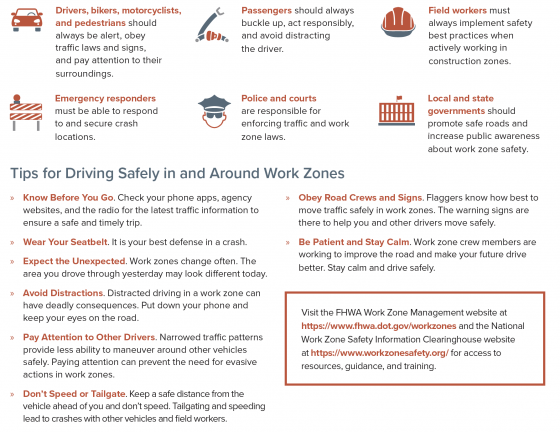

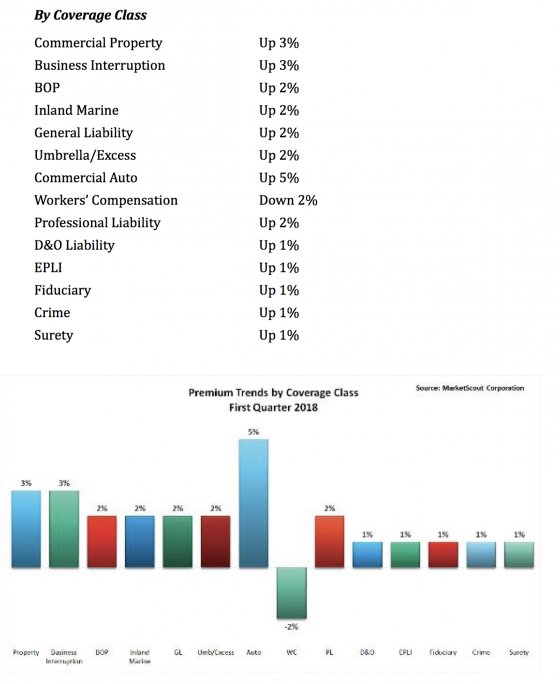 By account size, rates for medium accounts ($25,001 to $250,000 premium) increased from plus 2% in the final quarter of 2017 to plus 3% in the first quarter of 2018.
By account size, rates for medium accounts ($25,001 to $250,000 premium) increased from plus 2% in the final quarter of 2017 to plus 3% in the first quarter of 2018.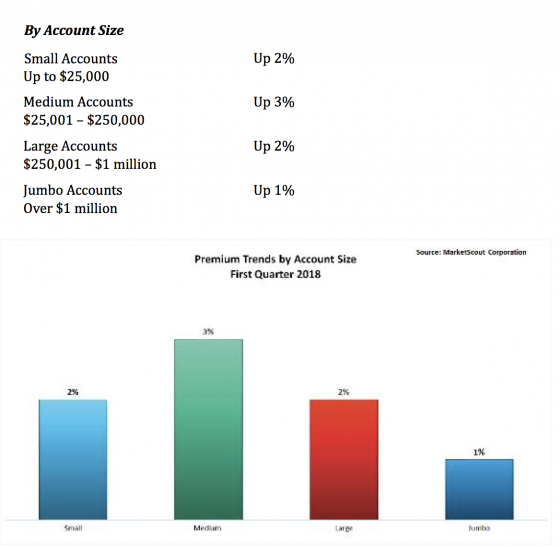 By industry group, service contractors, public entities, and energy accounts were assessed larger rate increases in the first quarter of 2018 than in last quarter of 2017. Transportation accounts had a quarter-over-quarter price decrease from plus 5 to plus 4%.
By industry group, service contractors, public entities, and energy accounts were assessed larger rate increases in the first quarter of 2018 than in last quarter of 2017. Transportation accounts had a quarter-over-quarter price decrease from plus 5 to plus 4%.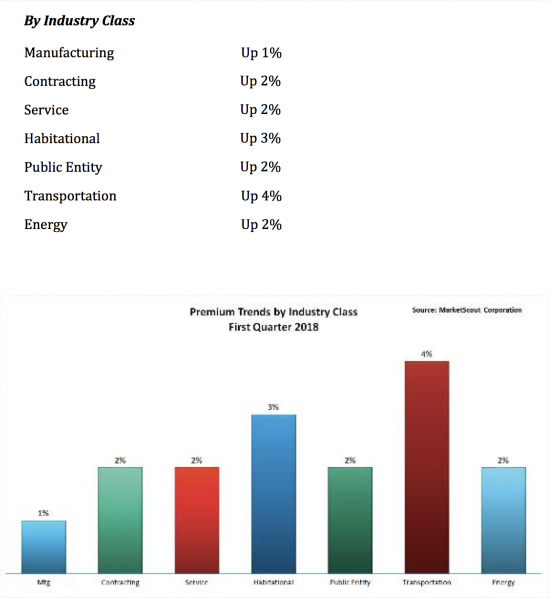 Richard Kerr, chief executive officer of MarketScout noted, “Automobile and transportation exposures continued to experience the greatest rate increases due to increasing expenses and adverse claim development. Insurers are struggling with this segment of our industry. Part of the problem is actual underwriting results, part is expense ratios, and in our view, a larger part is the uncertainty of the long-term prospects for the auto insurance industry.”
Richard Kerr, chief executive officer of MarketScout noted, “Automobile and transportation exposures continued to experience the greatest rate increases due to increasing expenses and adverse claim development. Insurers are struggling with this segment of our industry. Part of the problem is actual underwriting results, part is expense ratios, and in our view, a larger part is the uncertainty of the long-term prospects for the auto insurance industry.”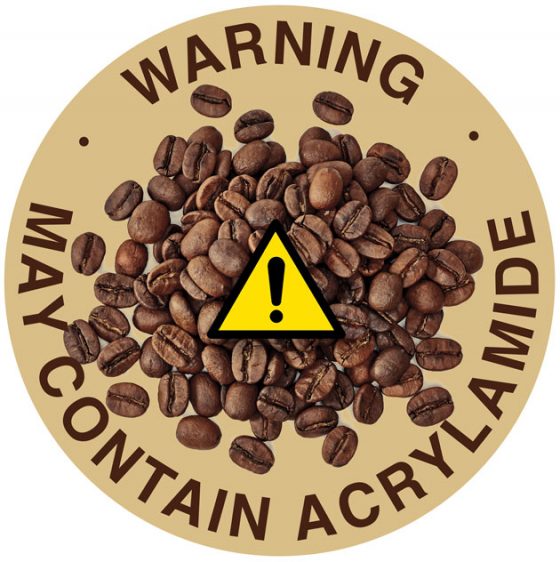 If a new court decision in California is enforced, baristas will have to place another label on cups next to customers’ names—a cancer warning.
If a new court decision in California is enforced, baristas will have to place another label on cups next to customers’ names—a cancer warning.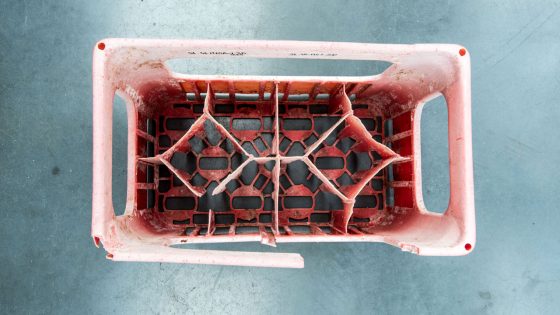 A giant island composed of plastic waste thrice the size of France is floating in the Pacific Ocean. The Great Pacific Garbage Patch (GPGP) contains 1.
A giant island composed of plastic waste thrice the size of France is floating in the Pacific Ocean. The Great Pacific Garbage Patch (GPGP) contains 1.